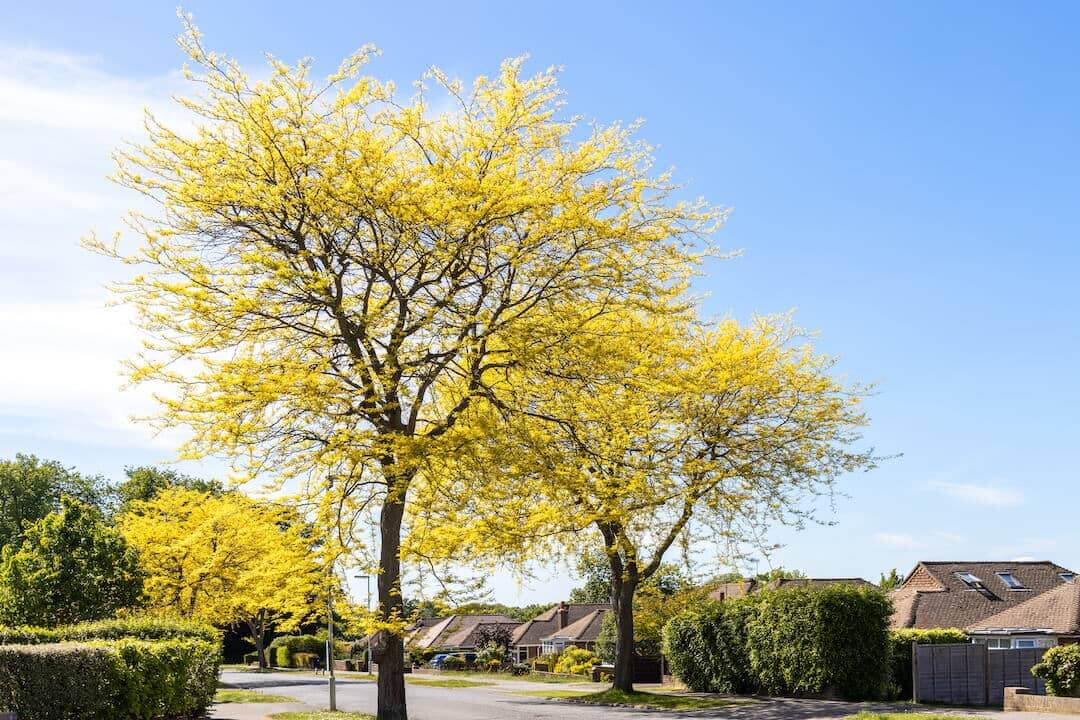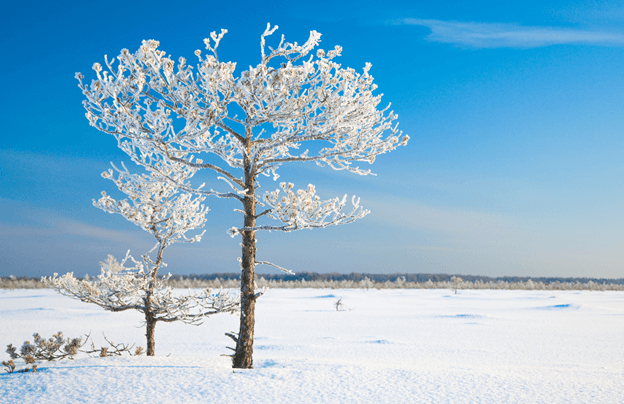
Tree Care Tips & Maintenance
Updated: September 20 2022
Proper tree care and maintenance is vital to support the sustainability, health, and longevity of trees – on both a macro level across the globe and a micro level like your own backyard.
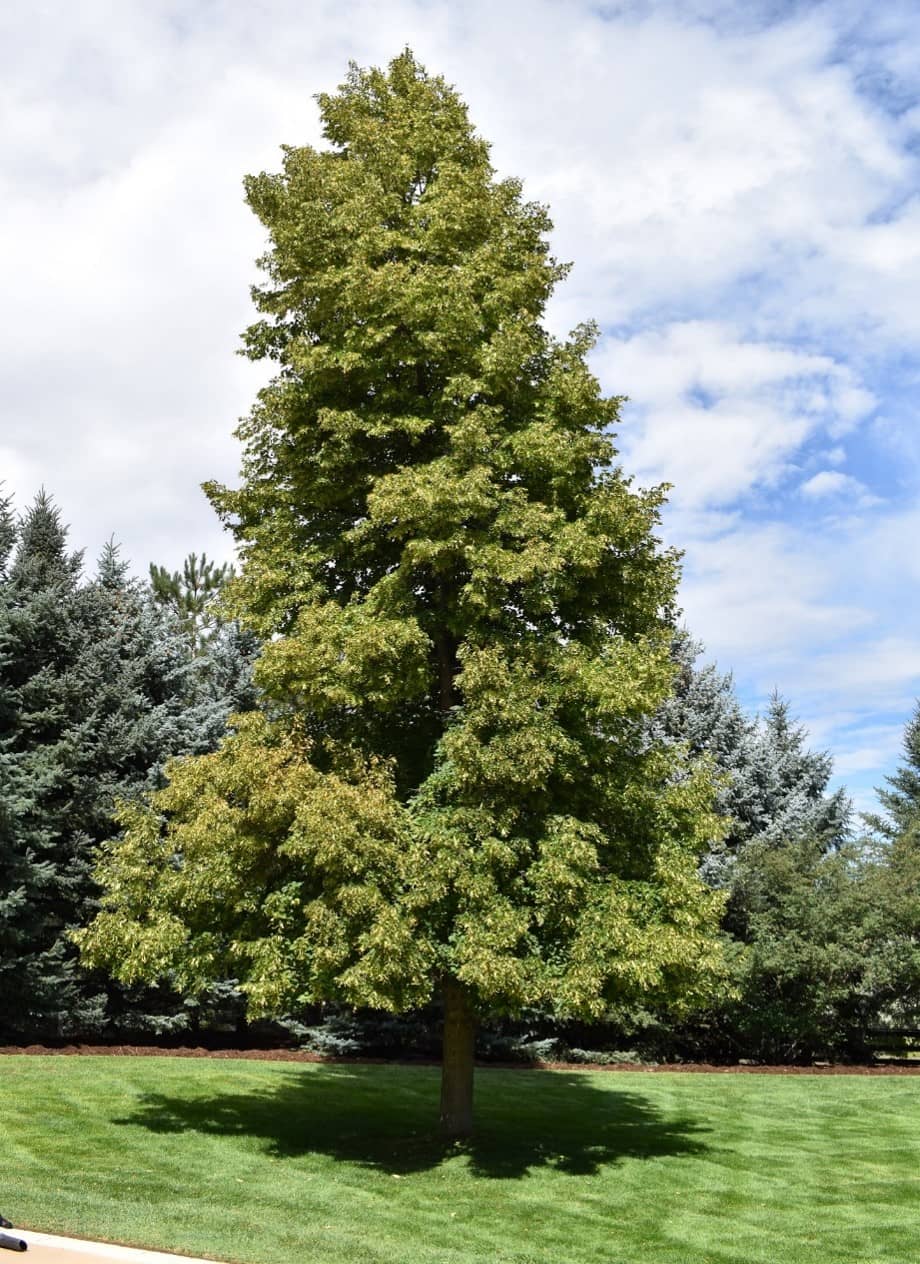
Importance of Tree Care and Sustainability
On a macro level, forests make up just over 30 percent of the global land area. While that figure may seem substantial given the volume of infertile desert and tundra that spans the planet, that’s actually a 60 percent decline in forest area per capita over the past 60 years, according to researchers at the Center for Biodiversity and Climate Change.
With the effects of climate change intensifying every year, the role forests play in capturing and utilizing carbon is ever-increasing in importance. While deliberate efforts are in place to establish new forests, there’s a lot that can be done in our very own backyards – by either planting new trees or maintaining existing ones.
10 Tree Care Tips
Whether you’ve planted new saplings or are looking to care for existing trees, we commend you on your interest in proper tree care and maintenance, and we’re here to support you on your journey. Below we share several tips that any blooming arborist, landscaper, or property owner should know in growing and maintaining healthy, vibrant trees for many generations.
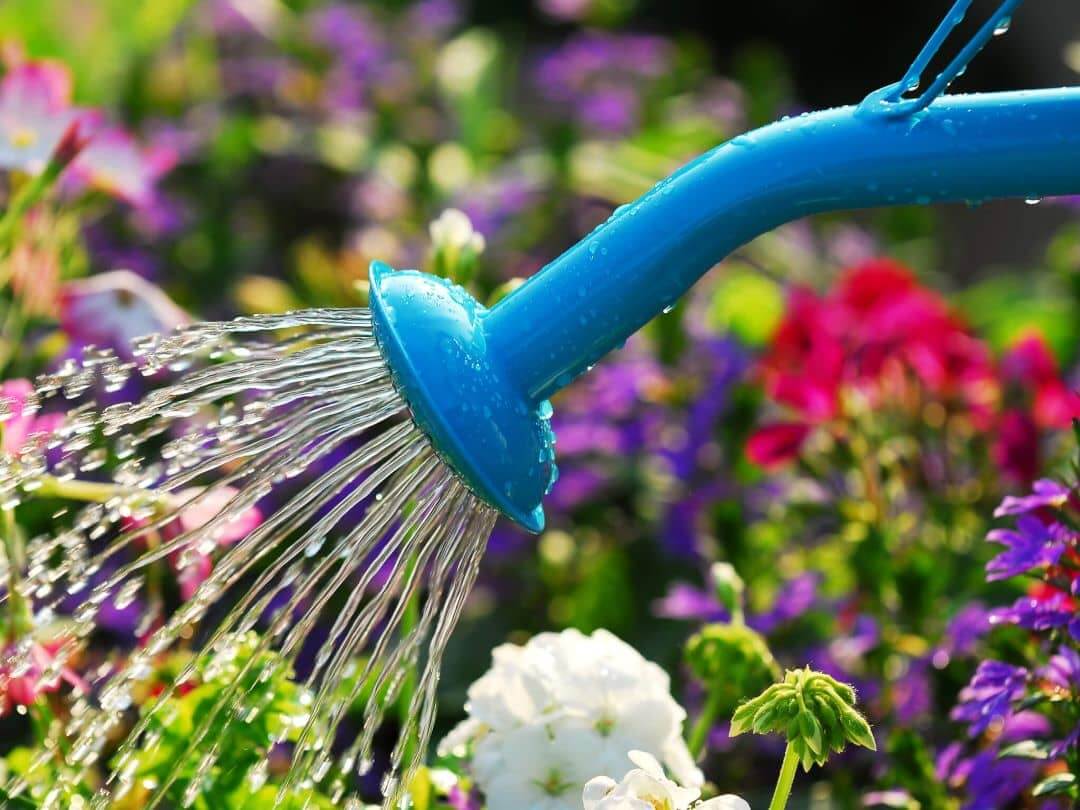
1. Watering Newly Planted Trees
Watering is perhaps the most important factor when caring for newly planted trees. The frequency in which new trees require watering, along with the right amount of water (more on this below), is essential in helping trees to develop strong root systems and establish a healthy foundation for a long-lasting life.
So, how often should you water a newly planted tree? Newly planted trees should be watered at the time of planting and at the following intervals during the first several months.
- Water daily during the first 1-2 weeks after planting
- Water every two to three days 3-12 weeks after planting
- Water weekly after 12 weeks or until the tree’s root system has developed
Another important consideration is knowing how much to water newly planted trees. The amount depends on the establishment of the tree’s root system, which is measured by the caliper, or thickness, of its trunk.
To determine the caliper of your tree, simply measure the diameter of the tree trunk 6 inches above the ground. If the diameter exceeds 4 inches, then measure the caliper at 12 inches above the ground. This measurement represents the caliper of the tree trunk and how much water a tree will need.
Depending on how the amount of rainfall your tree receives, newly planted trees will often need the following gallons of water based on trunk caliper:
- 1 inch – 1-1.5 gallons
- 2 inches – 2-3 gallons
- 3 inches – 3-4.5 gallons
- 4 inches – 4-6 gallons
- 5 inches – 5-7.5 gallons
- 6 inches – 6-9 gallons
These amounts and intervals are based on the tree planting and guidance of the University of Minnesota where you can learn more about specific watering details and other in-depth tree care tips.
While watering newly planted trees is critical to their growth and survival, established trees typically need little additional water. However, amid droughts and long periods without rainfall, you may need to supplement aged trees to ensure optimal tree health, and in extreme cases, prevent them from dying.
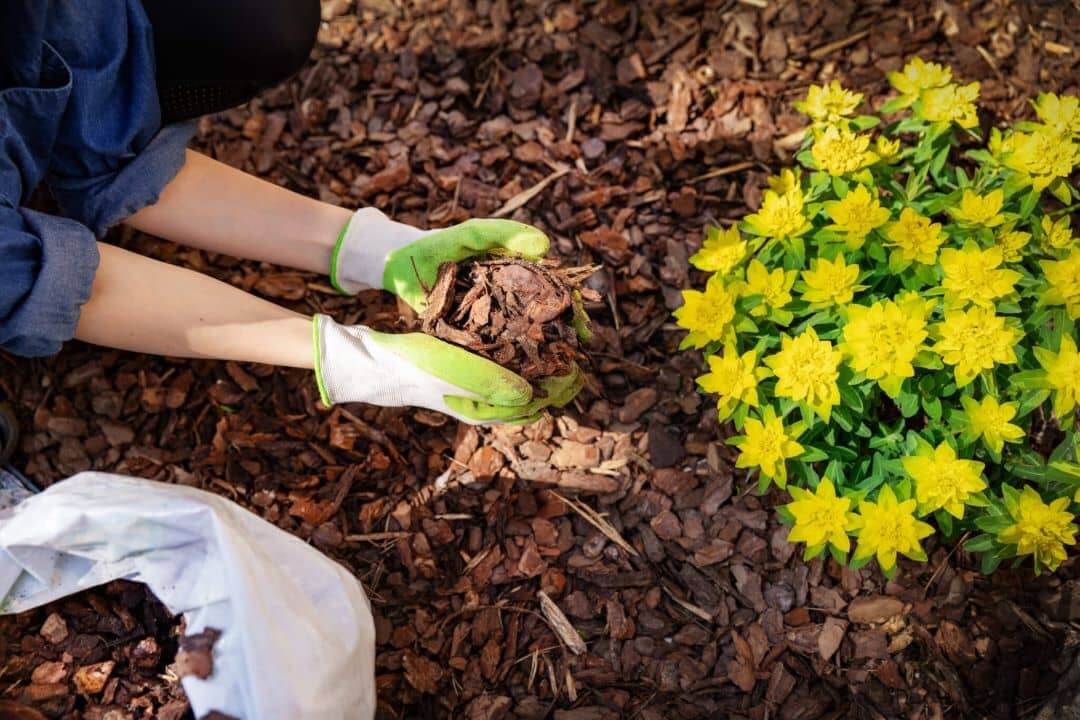
2. Managing Mulch and Soil
Mulching is very important to tree health. A generous layer of mulch applied around a newly planted tree is an important aid in helping it grow. In addition to keeping weeds out, mulch helps retain moisture in the ground while providing a cooling layer that protects against the sun. Because roots thrive under cool, moist conditions, mulch is a crucial element in improving root system health and maintaining tree health.
As a general tree care tip, it’s recommended to apply a layer of mulch 2-3 inches deep and three feet surrounding the tree’s trunk. In sandy or fast-draining soils, you may want to apply a deeper layer of about 4 inches to reinforce the integrity of the soil.
Mulches are available in both organic and inorganic. Most tree maintenance professionals prefer organic mulches (like wood bark, chips, pine needles, cocoa hulls, compost mixes, etc.) as they support soil fertility as well as soil structure and integrity.
3. Staking and Guying Trees
Staking newly planted trees, while not always necessary, can provide support for trees with small root systems or stems that bend excessively when not supported. Staking and guying can also be useful for trees in planting sites that may be subject to high winds or as a restorative measure to support damaged wind-blown trees.
As a rule of thumb, try to use as few stakes as possible and use stem attachment materials that are wide and flexible to prevent any damage to the tree. Just 1 or 2 stakes, depending on the wind and tree’s needs, is often all that’s required. Wooden stakes 5 feet in length and 2 inches in thickness are sufficient for small to average-sized trees of up to 10 feet in height.
For guying, which is a similar technique that’s leveraged to stabilize larger, transplanted trees or straighten wind-thrown trees, it’s advised to use at least three guying anchors spaced evenly around the tree. Unlike stakes which are generally larger, guying anchors are often shorter and stronger, as they’re intended to be deeper into the ground with only a few inches exposed above the surface.
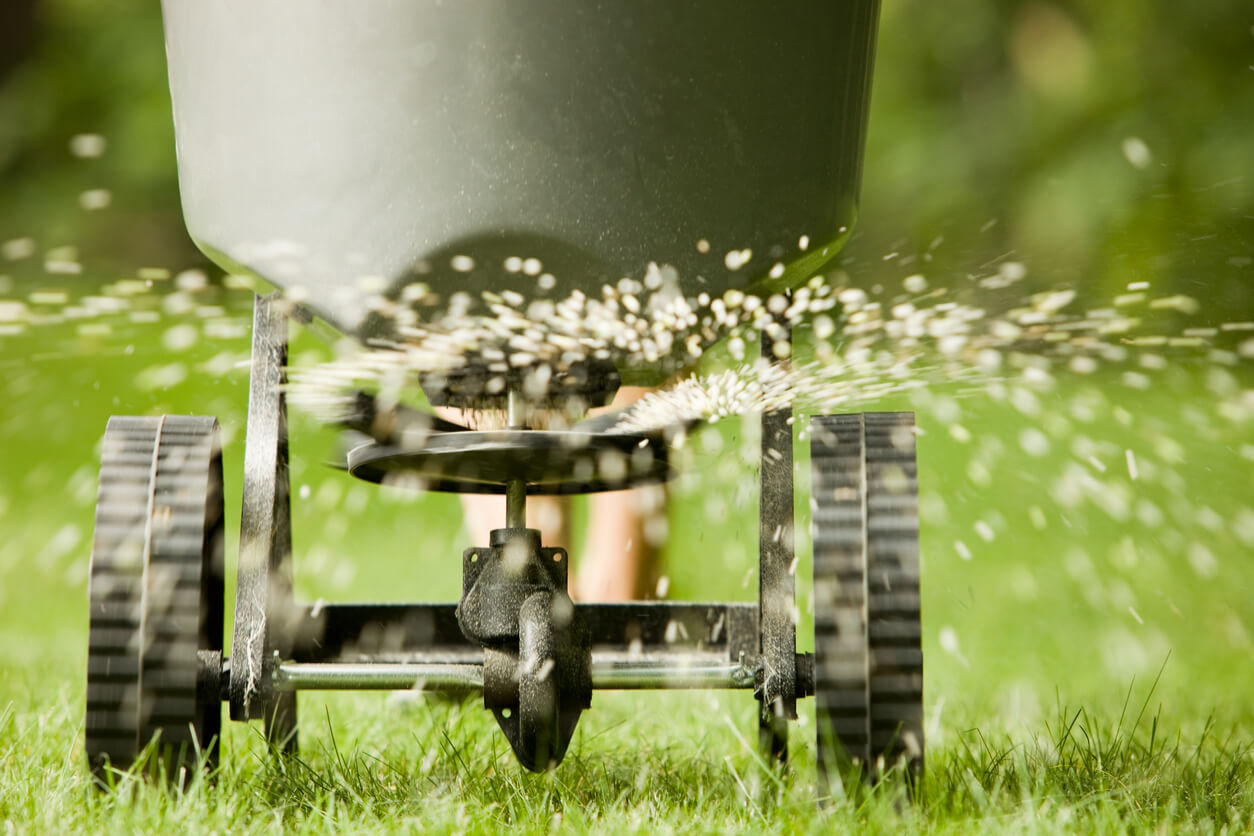
4. Using Fertilizer
One of the most common questions that comes up surrounding newly planted tree care is “do new trees need fertilizer?”
In general, most trees do not require fertilizers, especially as they develop in size. Research around light signaling, root development, and plasticity has shown that most of a plant’s energy stems from root growth during the early stages of its establishment period. In turn, using nitrogen and other fertilizers during this period can suppress root growth rather than enhance it.
If you suspect a nutrient deficiency, first have your soil pH tested. Most trees thrive at pH levels between 5.5 – 7.0.
You’ll want to know the levels of nitrogen, phosphorus, and potassium in the soil surrounding the tree (which make up the three major plant nutrients in fertilizer). This analysis will effectively indicate any specific deficiencies that are present and which nutrients your tree may need without over-supplying unnecessary nutrients. Recruiting the assistance of a tree care professional is often recommended for this.
5. Pest and Disease Control
Managing pests and diseases starts with proactive tree maintenance and care practices, such as regular pruning and establishing good soil conditions for optimal tree health. What may begin as a minor issue can quickly escalate to a major problem that can threaten the well-being of your trees and your property.
The cornerstone of pest and disease control is long-term prevention. Here are a few components preventing both and minimizing the need to use pesticides on your trees.
- Plant trees in the right place – First, make sure to plant trees based on their preference of moisture levels, soil type, sunlight, temperature, etc. to ensure trees are as healthy and disease/pest resistant as possible.
- Utilize pest-resistant tree species – Various tree species are more resilient against disease and pests. Research which types may counteract these threats while helping to add diversity to your property.
- Choose a diverse selection of trees – Certain varieties of trees are more vulnerable to certain types of pests, so planting a variety of trees can help prevent a catastrophic wipeout of all trees of the same species.
- Regularly monitor your trees – Frequent monitoring enables early detection when pest populations are low and easy to eradicate. Look for pitch tubes on the trunk, discoloration of bark, and other signs of abnormalities. The key is pinpointing and eliminating pests before they get out of control.
- Use sound tree care practices – Use a robust layer of organic mulch to retain optimal moisture levels and suppress weeds. Remove decaying leaf litter and keep the base of trees clean. There are many things you can do to help keep disease and pests at bay.
To maintain the optimal health of your plants and proactively care for your trees, we offer fully customized disease management plans for your trees.
6. Protecting Against Frost and Cold Conditions
Newly planted trees and shrubs are most susceptible to freeze damage. Fruit trees and thin bark trees are particularly vulnerable to an issue called sunscald or frost cracking, which is a term used to describe the death of cells in the bark caused by rapid temperature fluctuations
The key to protecting trees from such cold season damage is shielding them from adverse elements — from roots up to the canopy. First, wrap the trunk with a plastic tree guard or protective tree wrap to effectively shield the trunk from sunscald. This is most effective for fruit trees.
Additionally, you can cover new trees with burlap, sheets, or tarps so that they extend from the canopy down to the ground. This simple measure helps trap the accumulated warmth from the earth, thereby minimizing frost damage. Build a frame or use stakes to reduce contact between the foliage of the tree and the cover.
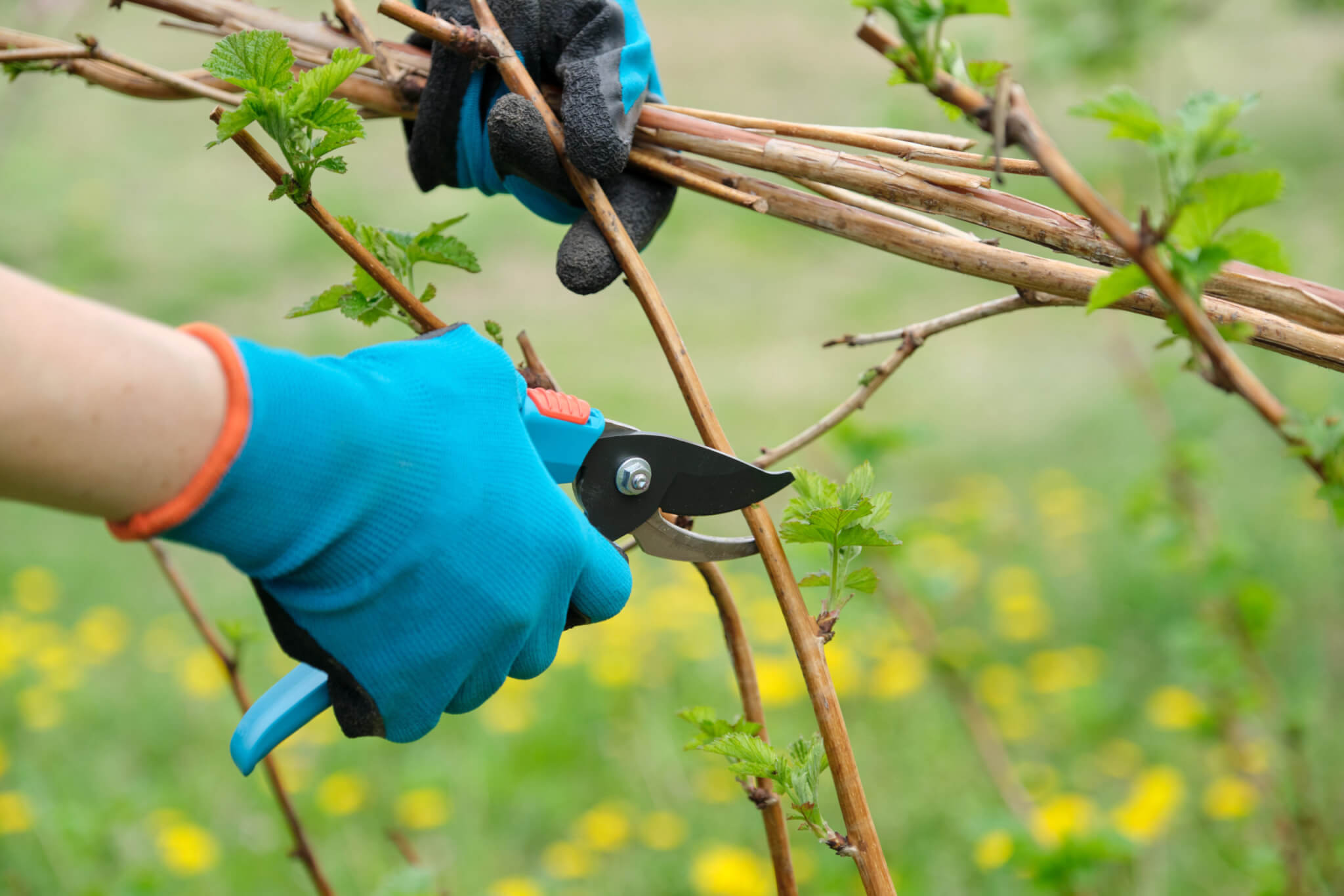
7. Pruning and Trimming Trees
Pruning and trimming, whether that be pruning in dormant months or rejuvenation pruning, are standard tree maintenance for several reasons, but primarily for tree health, aesthetics, and surrounding safety. The latter two are fairly straightforward. Pruning for aesthetics is purely for landscaping, appearance, and curb appeal, whereas pruning for safety involves removing branches that are at risk of falling and causing harm.
Pruning for tree health is a technique that involves removing damaged limbs to promote wound closure and new growth, such as after a severe storm. Pruning and trimming is also practical when branches become diseased or infected and need to be removed, as to prevent further spread.
There are multiple best practices for pruning and trimming trees based on their age, size, and species. Check out the USDA Forest Service tree pruning guide for more in-depth tree maintenance tips on this topic.
8. Removing Invasive Plants
Invasive plants are pest-like species that become disruptive to a tree’s health, often growing and spreading very aggressively and displacing neighboring plants. In many cases, invasive plants are non-native species that need to be removed to protect the life and livelihood of your trees.
Vines are a highly common invasive species that disrupt tree canopies and inhibit the tree from growing. Some of these species can be difficult to eradicate, especially if they’ve matured to the point where they’ve taken over.
For optimal tree care, monitor your trees, especially elders that have aged many years, to ensure no foreign invaders are growing on their trunks or branches. Visually monitoring and keeping tabs on how nature is taking shape on your property pays dividends in protecting your trees.
9. Keeping Root Systems Safe
As with monitoring invasive plants, pests, and diseases, it’s important not to overlook your trees’ root systems. Root disease symptoms are often confused with mineral deficiencies, as dead roots inhibit the amount of water and mineral uptake.
According to Colorado State University healthy roots and trees fact sheet, there are several symptoms of root disease to look out for, including:
- Reduced or slowed growth
- Yellow, chlorotic foliage
- Leaf scorch
- Tufted leaves at the end of branches
- Branch dieback
- Fungal growth at the base
- White fungal growth under the bark
Proper examination of a tree can verify a root disease. To control and prevent root disease or injury from occurring, it’s important to maintain healthy and vigorous trees, starting with optimal soil conditions that are well conditioned with ample water and oxygen. Adequate spacing between trees and other plant life is also crucial to minimizing root problems.
If a tree’s root system becomes severely damaged or injured, tree removal is typically recommended. Trees with a structurally weakened root system are at risk of falling over during storms and high wind conditions.
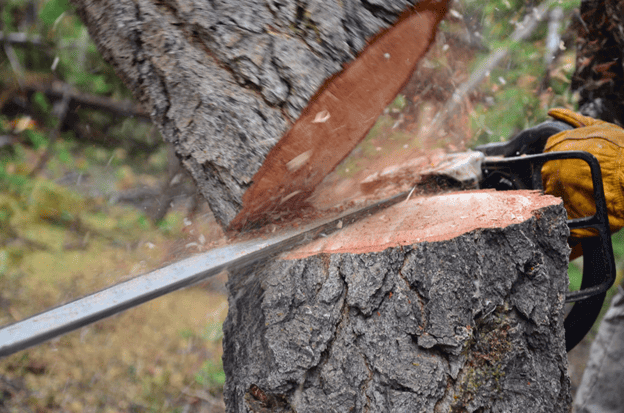
10. Tree Removal
Even with proactive tree care and maintenance, some instances call for tree removal. While arborists and tree care professionals will almost always try to save a dying tree, there may come a point when a tree should not be kept on your property as it can become hazardous.
At Environmental Designs, we can assess the health of your trees and help you make a conscious decision about removing a tree or several problematic trees. As part of our tree removal services, we can provide a free on-site assessment of your residential or commercial property and offer a plan customized to your needs.
Tree Care Mistakes to Avoid
Even for those who master the craft of how to care for trees, mistakes can happen. But with proper monitoring and attention, you avoid common tree care mistakes, like:
- Overwatering – While new tree care requires sufficient watering, too much watering can cause the roots to rot. Be conscious of lawn irrigation systems that may be contributing to overwatering your trees.
- Using too much mulch – Piling up an excessive amount of mulch around a tree’s base can trap moisture against the trunk, which can cause rot. Too much mulch can prevent roots from getting the adequate oxygen they need.
- Not pruning enough – Pruning and trimming is crucial to remove dead branches, which are vulnerable to disease, pest infestation, or falling hazard. Pruning also helps maintain a healthy canopy that allows optimal air circulation.
- Too much pruning – Excessive pruning of a tree’s canopy can disrupt its ability to sufficiently feed itself. This can cause the tree to weaken and become susceptible to disease and pests.
- Unnecessary staking – Newly planted trees or wind-thrown trees may require support to stand up straight. But in most cases, staking is not necessary. For trees to develop strong root systems and trunks, they need to move and sway naturally.
By avoiding these common tree care mistakes, you can minimize problems and prolong the life of your trees.
Tree Care for Each Season
If you live in a four-season climate, there’s a lot more that goes into proper tree care and maintenance, especially as seasons start to transition. Here are a few tips to keep in mind to help you care for your trees throughout each season.
Spring
The transition from cold season to warmer weather is a critical time to inspect trees for any pests, insects, or diseases. At any sign of infestation or disease, it’s important to take action immediately, as these problems can quickly escalate and harm a tree to the point of no return. Also, make sure to address any trees that have been damaged by snow or wind and have dead or problematic limbs trimmed.
Summer
Warmer weather can do damage to your trees if they’re not properly hydrated. Particularly for newer trees, it’s crucial to water your trees consistently, especially if you live in a dry area climate or a region susceptible to drought conditions. Using mulch around the base of your trees is a great tool to aid in nourishment during the warmer months, as this will help maintain the moisture levels and overall integrity of the root systems.
Fall
Fall tree care means providing your trees with the nutrients they need now will help ensure they get the best possible start in the spring. Autumn is a good time of year to prune and trim your trees to prepare them for winter, especially if you get a lot of snowfall. Snow accumulation can weigh down limbs causing them to snap. This can be a major hazard when trees are closely located to homes, yards, and landscapes. You’ll also want to clean up surrounding leaves that fall during the autumn season. Too much leaf debris can harbor pests and increase the risk of infestation.
Winter
Winter weather can be cold and merciless, especially with newly planted trees. But with the proper winter tree care and proactive management, your trees can survive the cold season and thrive into spring. If you have trees that are vulnerable to disease, make sure to remove fallen leaves and debris from beneath the tree to minimize the risk. Closely monitor your trees’ bark for any discoloration or signs of disease. In late winter, trim any overgrown limbs to help these branches recover more quickly into spring with new growth.
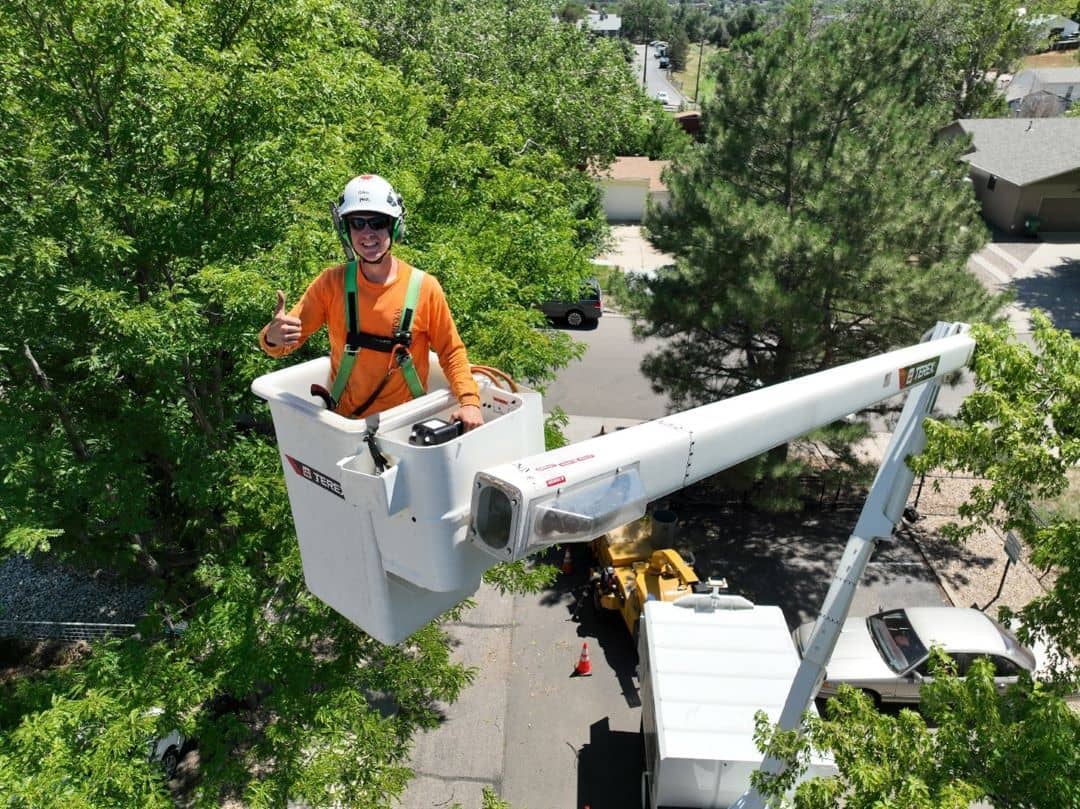
Professional Tree Care
Trees are some of the most valuable assets to your landscape and property. Many cases may call for a certified arborist or tree care professional to inspect potential issues and make expert recommendations. Investing time and effort in proper tree maintenance not only ensures their health and longevity but also allows us to continue enjoying the countless benefits of trees for generations to come.
Since 1989, our arborists have been cultivating the knowledge and expertise required to make educated decisions based on what’s best for your trees. Our team has been recognized as best-in-class tree care experts throughout Colorado, and we can help you diagnose, troubleshoot, and improve your tree maintenance practices.
To learn more or inquire about our services, contact us today.




